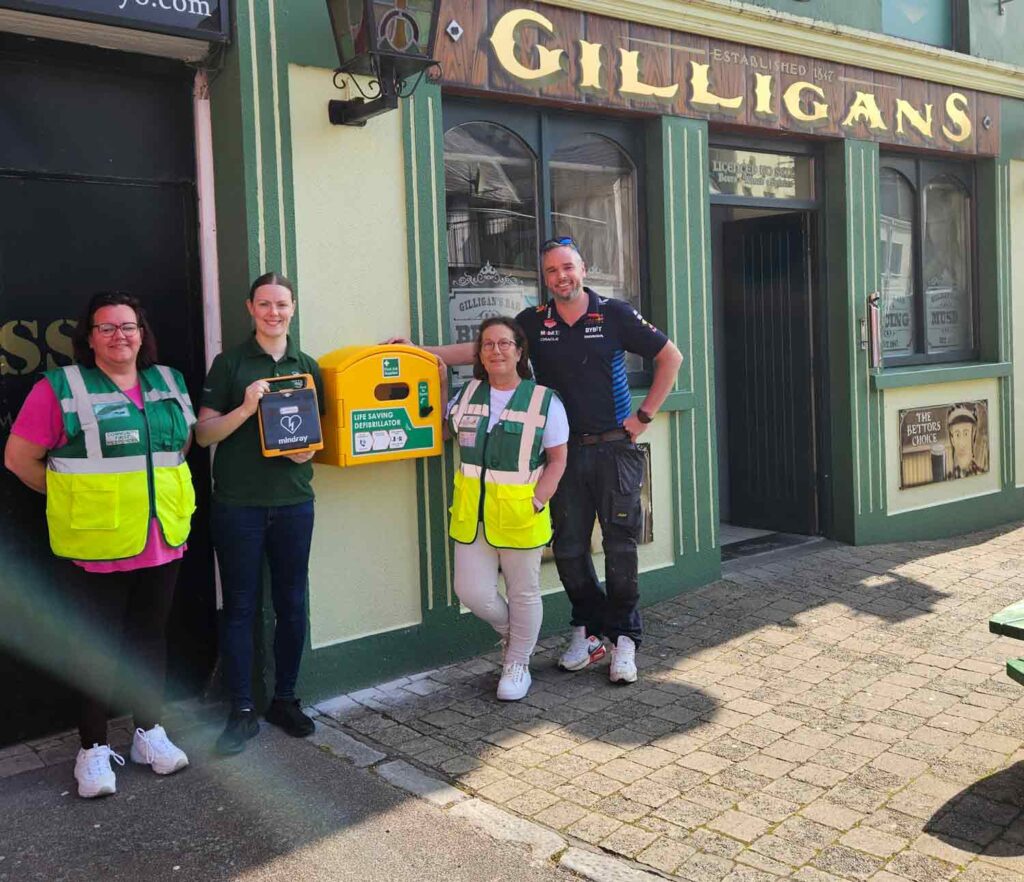Typical bar/ restaurant to face 87% reduction in capacity with 2m social distancing.
Capacities in pubs and bar/restaurants will drop to as little as one eighth of pre Covid-19 crisis levels under the HSE social distancing guidelines, according to a new report published by the Vintners Federation of Ireland (VFI) and Licensed Vintners Association (LVA).
The report indicates that when the HSE social distancing guidelines are applied in any 100m squared area in a licensed premises, standing capacity will diminish to 12.5% while seating capacity is reduced to 34% of pre-crisis levels.
Both the VFI and LVA will abide by the public health guidance issued by the Government, as they have done since the beginning of the current Covid-19 crisis.
Compiled by Knapton Consulting Engineers, the report also found that total capacity for a typical pub or bar/ restaurant with an area of 140 square metres would drop by 79% if the bar and seating areas were square in shape and not enclosed. However, the report noted an “87% reduction in capacity figure is a much more representative figure for a typical bar and restaurant layout when the 2m physical distancing restrictions are applied”.
Before the Covid-19 crisis, maximum occupancy in a licensed premises was calculated at a rate of 2 persons per square metre for standing areas and 1 person per square metre for seated areas. This meant that in a pre-crisis context, a pub or bar/ restaurant could accommodate up to 200 people standing or 100 people seating for every 100 square metres.
When the HSE social distancing guidelines are applied, the standing capacity per 100 square metres drops from 200 people to 25 people (12.5%), while the seated capacity in a bar or restaurant goes from 100 people to 34 (34%).
World Health Organisation (WHO) guidelines involve a social distance requirement of 1 metre. Under the WHO provisions, standing capacity would drop from 200 people to 100 (50%), while seated capacity in pubs and bar/ restaurants would decrease from 100 to 65 (65%).
While each licensed premise is different in size, shape and layout, the report also notes that “more complex geometries will result in lower occupancies when physical distancing is applied, ie physical distancing will result in a greater reduction in occupancy for narrow, small pubs than on those with larger circulation spaces with higher footfalls.”
“Up to now, there has been a lot of speculation about what a social distancing environment actually looks like in a pub or bar/ restaurant,” said Donall O’Keeffe, Chief Executive of the LVA. “Various figures have been bandied about, which did not provide clarity to the sector. We are now only a matter of weeks away from pubs with restaurant certificates and other hospitality venues reopening. That is due to be followed six weeks later by the reopening of other pubs across the country. It is vital that pub businesses fully grasp the commercial challenges they will face and thoroughly examine the prospects for whether they can afford to reopen.
“While every pub and bar/ restaurant will have different layouts and configurations, the findings will broadly apply across the sector and they are stark. Seated capacity will drop to approximately one third of previous levels, while standing capacity can be divided by a factor of eight. Those are dramatic decreases and they will have extreme impact on turnover potential. The WHO requirements will still significantly reduce capacity, but they will at least allow more pubs and other hospitality businesses to be capable of trading in the shorter term. But that is a decision for the Government and the public health officials,” Mr. O’Keeffe concluded.
“Since the beginning of this crisis, pubs have put the public health first,” said Padraig Cribben, Chief Executive of the VFI. “We were the first sector to be closed en masse, which was widely supported by pubs across the country in the interests of public health. Ultimately if there is to be a change in social distancing then that will need to be made by the National Public Health Emergency Team (NPHET) and the Government.
“From the perspective of commercial viability, the WHO guidelines obviously make much more sense for hospitality venues such as pubs,” said VFI Chief Executive, Padraig Cribben. “While we have been calling for equality of opportunity to reopen for some time, the question still remains as how many pubs will actually be able to operate once the opportunity arises. That is a question that is still being asked by publicans across the country and we will certainly need further guidance on the reopening protocols in the near future to allow fully formed business decisions to be made in advance of any reopening,” Mr. Cribben concluded.


